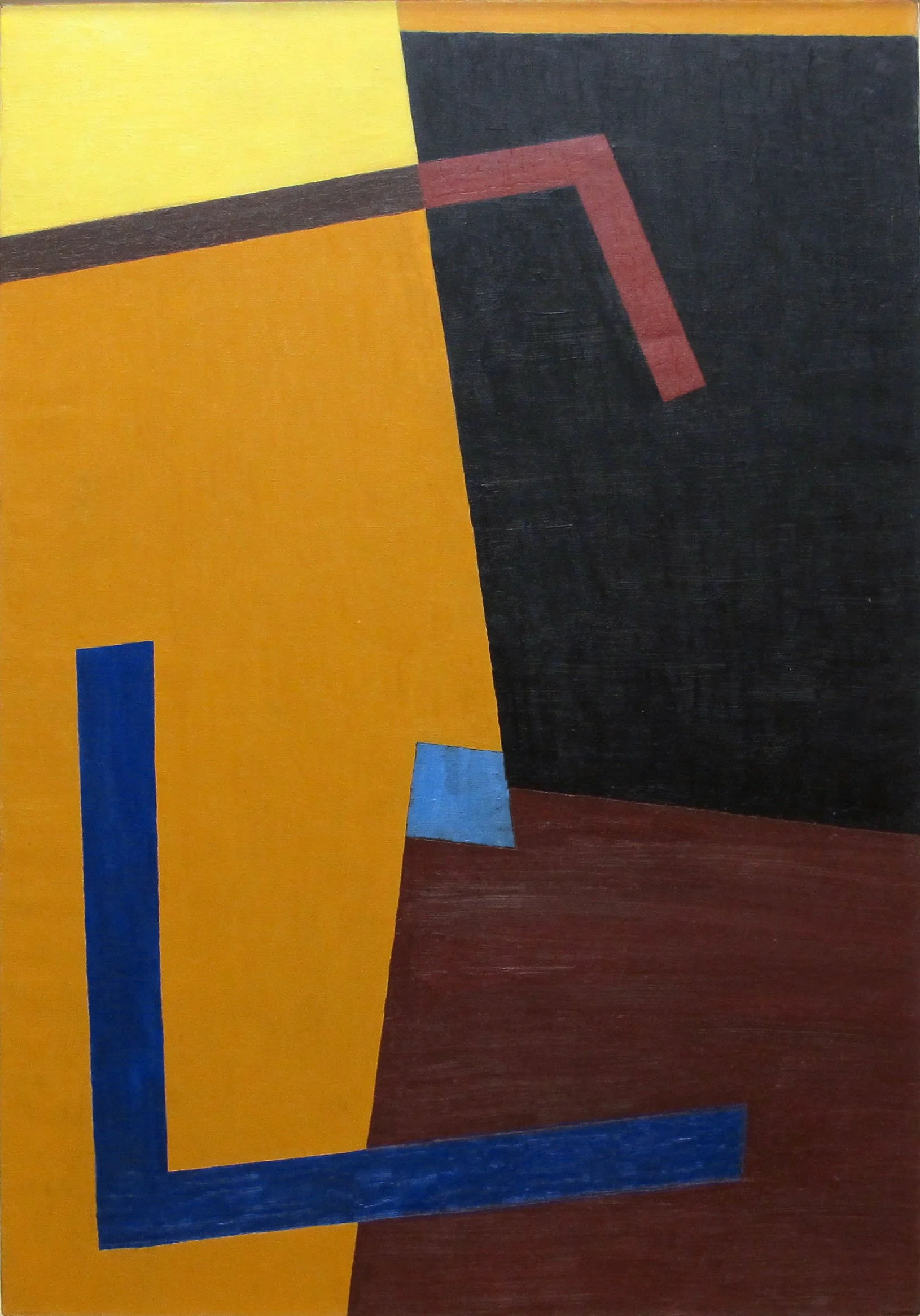ALBERT EUGENE GALLATIN (1881-1952)
Available Work | Biography
Biography • Albert Eugene Gallatin (1881-1952)
A.E. Gallatin was born in Villanova, Pennsylvania, the only son and future heir of a family fortune. From a young age Gallatin expressed great admiration for his great-grandfather and namesake, Albert Gallatin (1761-1849), a founder of the New York Historical Society and New York University. An early exposure to art led Gallatin to initially collect and develop an interest in modernism. Gallatin shared an ambition for founding institutions like his great-grandfather, which led him to develop the first public art space committed to contemporary art.
In the twenties New York art critics felt that the city’s art institutions lacked a museum devoted strictly to contemporary art. Gallatin seized the opportunity by presenting New York University, where he was a trustee, with a collection of works to be housed in the South Study Hall in the university’s Main Building. The collection included works by Picasso, Léger, Man Ray, George Braques, Juan Gris, Marc Chagall and John Marin. It was to remain on permanent display, accessible to students seven days a week, free of charge. The gallery opened its doors on December 13, 1927. Named The Gallery of Living Art, it became the first museum of contemporary art in the United States, preceding the founding of the Museum of Modern Art by two years. The accessibility of the gallery made it a valued resource for artists such as Richard Diebenkorn, Arshile Gorky, and Hans Hofmann, who often held classes in the study hall. Gallatin himself was individually responsible for the acquisitions and daily activities of the gallery, with the aid of advisors such as Jacques Mauny, Jean Hélion, and George L.K. Morris. His European acquisitions reached their peak in 1936, with the purchase of Picasso’s Three Musicians, 1921 and Léger’s La Ville, 1919. In 1936 Gallatin shifted attention to the work of his American modernist colleagues, principally fellow members of the American Abstract Artists association. Gallatin added to the collection until 1942, when the rooms it occupied were reclaimed by New York University for an expanding library. Gallatin chose to place the collection of the Gallery of Living Art with the Philadelphia Museum of Art.
At the same time that Albert Gallatin was establishing himself as a significant patron of modern art, he was also advancing his own career as a talented and innovative artist. Gallatin initially painted in a Synthetic Cubist style, which he began to develop in 1926. His Cubist style reflected the knowledge that he had gained as a collector of Pablo Picasso, Juan Gris and Georges Braque. The demands of being a museum director, however, prevented him from painting with full commitment until 1936. In creating his own work, Gallatin used both the Synthetic Cubist and Constructivist styles he understood through collecting. The resulting paintings were of two types. One is a tribute to Picasso, Braque and Gris, developing a Cubist guitar-focused musical theme. The other type reflected Gallatin’s passion for international Constructivism, particularly the work of El Lissitzsky, Lászlo Moholy-Nagy, and Alexander Calder. These paintings from this Constructivist interest are wholly non-objective paintings, where the forms are geometric with an emphasis on bold positive/negative space. Because of Gallatin’s interest in these two modern styles, Gallatin shared a supportive friendship throughout his career with fellow Cubist-inspired artists George L.K. Morris and Suzy Frelinghuysen, as well as Charles Green Shaw, who was himself involved with Constructivism. These four artists were nicknamed the “Park Avenue Cubists” by their fellow American Abstract Artists because of their lives of privilege, which permitted them frequent travels to Europe to meet the great Cubist and Constructivist masters.

